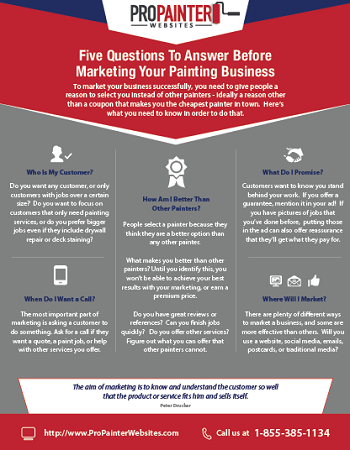Secret Seasonal Considerations For Commercial Outside Paint: What You Need To Be Enlightened Regarding
Secret Seasonal Considerations For Commercial Outside Paint: What You Need To Be Enlightened Regarding
Blog Article
Write-Up By-Regan Chaney
When you're intending a business exterior painting job, seasonal variables can make or damage your outcomes. You'll wish to think about exactly how temperature and humidity influence paint application and drying times. Picking the ideal season can ensure your paint sticks properly and lasts much longer. But which seasons are really the best for this sort of job? Allow's discover the key elements that can impact your job's success.
The Impact of Temperature Level on Paint Application
When you're intending a business exterior painting task, the temperature can substantially affect just how well the paint adheres and dries out.
Preferably, you want to paint when temperature levels vary between 50 ° F and 85 ° F. If it's also cold, the paint might not cure correctly, leading to concerns like peeling or splitting.
On the flip side, if it's also hot, the paint can dry too rapidly, protecting against proper adhesion and causing an uneven coating.
You ought to also take into consideration the moment of day; morning or late afternoon offers cooler temperature levels, which can be extra positive.
Constantly inspect painting for a house for the particular paint you're using, as they typically provide guidance on the perfect temperature array for optimum results.
Humidity and Its Result on Drying Times
Temperature level isn't the only ecological variable that influences your industrial outside painting job; humidity plays a considerable function too. High humidity levels can decrease drying out times significantly, impacting the overall quality of your paint task.
When the air is saturated with moisture, the paint takes longer to treat, which can result in problems like poor bond and a greater threat of mold development. If you're repainting on a specifically damp day, be gotten ready for extended wait times in between coats.
It's critical to keep an eye on neighborhood weather and plan as necessary. Preferably, aim for moisture degrees between 40% and 70% for ideal drying out.
Keeping these factors in mind guarantees your job remains on track and supplies a lasting coating.
Best Seasons for Commercial Exterior Paint Projects
What's the most effective season for your business outside paint projects?
Spring and very early fall are normally your best choices. Throughout these periods, temperatures are moderate, and humidity degrees are typically lower, developing perfect conditions for paint application and drying.
Avoid summer season's intense heat, which can trigger paint to completely dry too swiftly, resulting in poor adhesion and finish. Likewise, winter's cold temperatures can impede appropriate drying out and healing, taking the chance of the durability of your paint job.
Aim for days with temperatures between 50 ° F and 85 ° F for ideal outcomes. Keep in mind to examine the local weather report for rain, as damp problems can wreck your project.
Preparation around these variables guarantees your painting project runs smoothly and lasts longer.
Conclusion
To conclude, intending your business external painting tasks around seasonal factors to consider can make a considerable distinction in the outcome. By scheduling work during the perfect temperature levels and humidity degrees, you'll make sure better bond and drying out times. Keep in mind to keep an eye on regional weather report and pick the correct time of year-- springtime and very early fall are your best options. Taking these steps will certainly aid you achieve a long lasting and professional surface that lasts.
